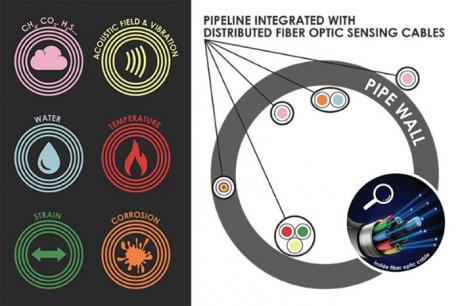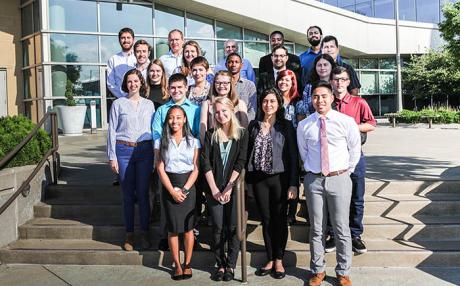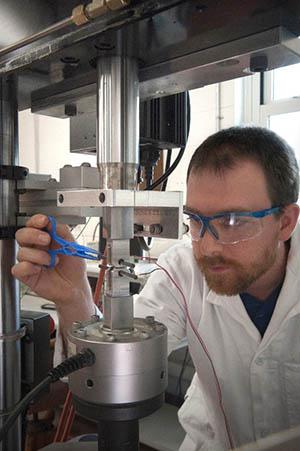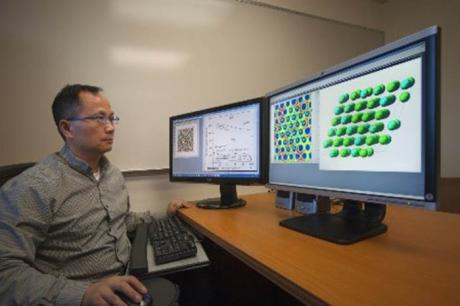Secure and reliable natural gas delivery is essential as the industry grows to meet an increasing portion of America’s energy needs. Natural gas accounted for nearly 32 percent of the electricity produced in the United States in 2017, and the U.S. Energy Information Administration expects that figure to rise to nearly 39 percent by 2050.
More than 300,000 miles of large transmission pipelines transport vast amounts of domestic natural gas nationwide. Every inch is susceptible to threats such as corrosion, the natural deterioration of metal materials caused by chemical reactions to the environment. Corrosion is one of the leading causes of pipeline leaks and ruptures, which threaten the safety of industry employees and the security of the nation’s energy supply.
Researchers at NETL are working to address these concerns by developing advanced fiber-optic sensor systems that protect America’s pipelines by preventing leaks and failures before they occur. These systems will supersede conventional technologies, which are designed to detect pipeline leaks and failures that have already happened.
About
News and Events
Research and Programs
Carbon Management Point Source Carbon Capture Carbon Dioxide Removal Carbon Dioxide Conversion Carbon Transport & Storage Hydrogen with Carbon Management
Resource Sustainability Methane Mitigation Technologies Minerals Sustainability Natural Gas Decarbonization and Hydrogen Technologies Advanced Remediation Technologies Energy Asset Transformation
Key Lab Initiatives Advanced Alloys Signature Center (AASC) Science-based Artificial Intelligence and Machine Learning Institute (SAMI) Center for Microwave Chemistry (CMC) Center for Sustainable Fuels and Chemicals (CSFC)
Energy Technology Development Office of Energy Efficiency and Renewable Energy Battery Workforce Initiative Cybersecurity, Energy Security, and Emergency Response Office of ElectricityGrid Resilience
Business
Library
Explore our Library

Approved Categorical Exclusions Environmental Assessments Environmental Impact Statements Oil and Gas Projects Summaries NETL Fact Sheets NETL Newsletters Publication Search Energy Data Exchange (EDX) FECM External R&D Final Technical Reports Summary Information for External R&D Awards Technical Reports Series (TRS) Peer Review Reports Interagency Working Group Initial Report
- Research and Programs
- Carbon Management
- Core Competencies
- Resource Sustainability
- University Training & Research
- Key Lab Initiatives
- Energy Technology Development
- Featured Infrastructure
- Methane Emissions Reduction Program
-
- Business
- Technology Transfer
-
- Library
- Energy Analysis
-
- About
- News and Events
- Education








